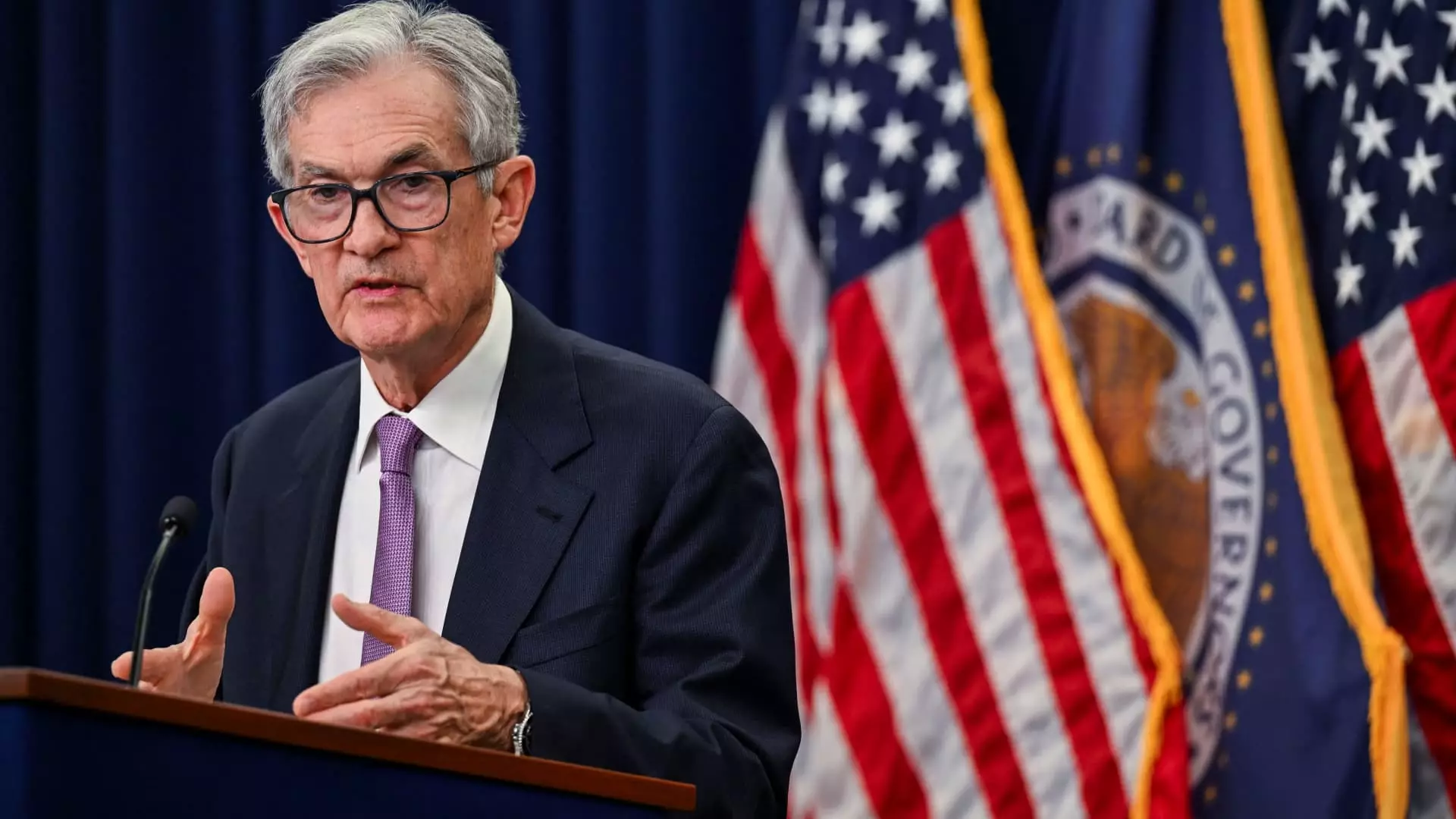The Federal Reserve recently made noteworthy revisions to its interest rate forecasts, revealing a more cautious approach than previously stated. On Wednesday, the central bank projected only two quarter-point rate cuts for 2025, significantly down from an earlier expectation of four cuts. This decision, reflected in the Fed’s updated dot-plot, indicates a predicted benchmark lending rate of approximately 3.9% by the end of 2025, which corresponds to a target range between 3.75% and 4%. Such a shift signals the Fed’s response to evolving economic indicators and its commitment to maintaining financial stability.
During its final policy meeting of the year, the Fed voted to decrease the overnight borrowing rate to a target range of 4.25%-4.5%. This adjustment is indicative of the committee’s overall strategy to manage economic growth and inflation. A closer look at the dot-plot reveals that a significant majority—14 out of 19 officials—anticipate only two or fewer rate cuts in 2025. This consensus highlights a shift in sentiment among policymakers and reflects their apprehensions regarding future economic conditions. In fact, the projections suggest that the Federal Reserve may implement additional cuts in subsequent years, with expectations for cuts in 2026 and 2027 following the two anticipated in 2025.
In tandem with these rate adjustments, the Federal Reserve has revised its inflation forecasts upwards. The new projections suggest that headline inflation may rise to 2.4%, with core inflation expected to reach 2.8%. These figures mark an increase from earlier projections of 2.3% and 2.6%, respectively. Such adjustments indicate the Fed’s growing concern about inflationary pressures that could affect consumer prices and overall economic stability. Despite this, the committee has enhanced its growth prediction for the gross domestic product (GDP), now forecasting a 2.5% increase for the year—a half-percentage point improvement over previous estimates. Nevertheless, the Fed anticipates a gradual slowdown in the years to follow, aligning with its long-term GDP growth projection of 1.8%.
Another significant change in the Fed’s projections is the adjustment of the unemployment rate estimates, which have been lowered from 4.4% to 4.2%. This decrease indicates optimism regarding labor market conditions and employment opportunities in the near future. Policymakers are likely encouraged by recent data showing moderate job growth and resilient consumer spending, which may bolster economic activity in the coming months.
As the Federal Reserve recalibrates its economic forecasts, it must navigate a complex landscape shaped by various factors, including inflation trends, GDP growth, and employment rates. The revised projections reveal a cautious outlook moving forward, suggesting that the Fed is preparing for a stabilization phase in monetary policy. Ultimately, the committee’s decisions will significantly impact the financial environment and economic trajectory for households and businesses across the nation. As policymakers gather more data, future adjustments and decisions will reflect the ongoing interplay of these economic variables.

